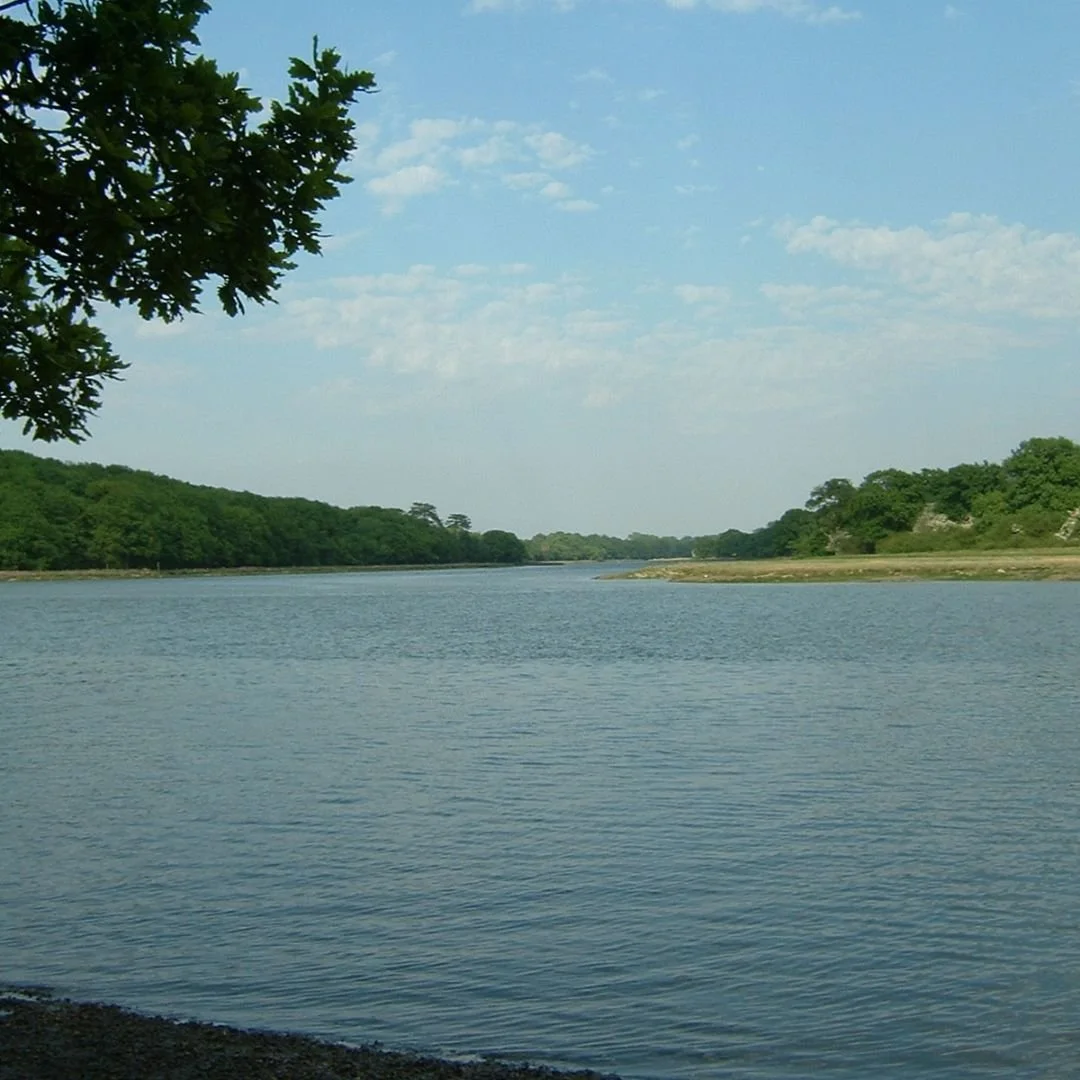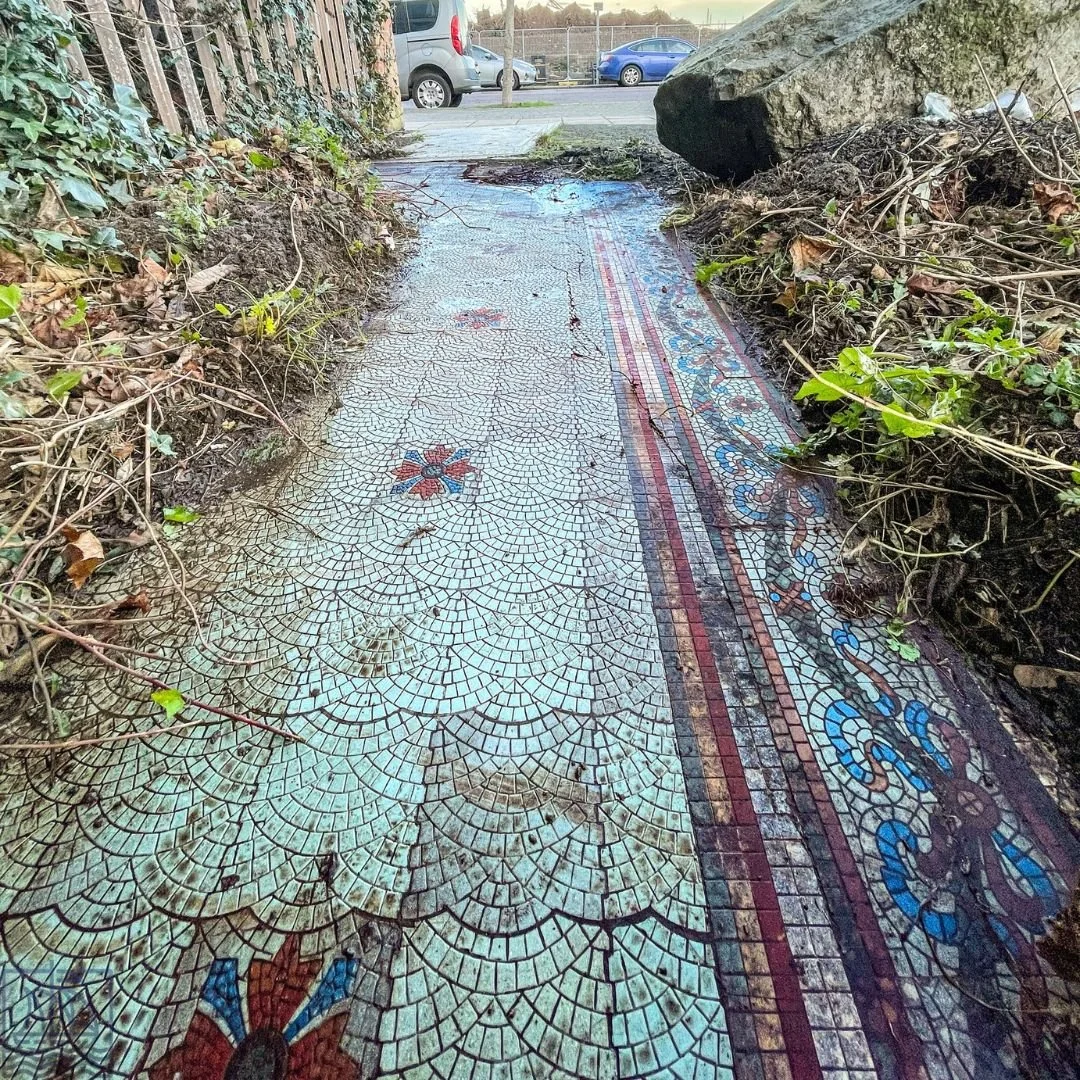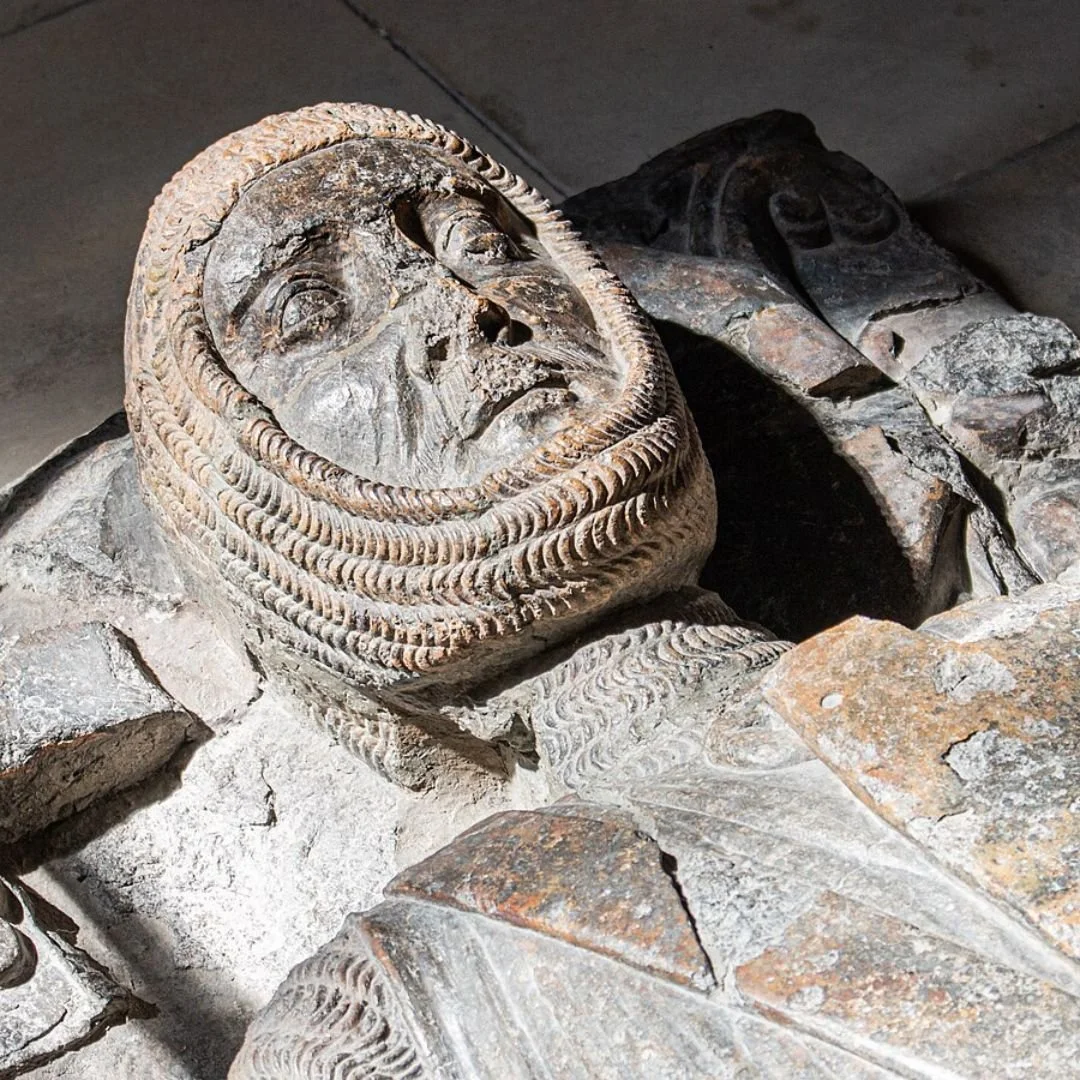Discovering Grace Dieu: Flagship of King Henry V of England
HMS Grace Dieu was the flagship of King Henry V of England, and she was one of the largest ships of her time.
It was first identified in 1933 in the River Hamble near Bursledon, Hampshire by historian Dr. R.C. Anderson after locals reported huge timbers visible at low tide, matching records of the ship.
Later surveys in the 1970s / 80s by Southampton University mapped the remains, and in 2004 it was legally protected under the Protection of Wrecks Act, making it one of the largest surviving medieval shipwrecks in England.
It remains one of the largest medieval shipwrecks in England, even though only the lower parts of the hull survive, buried in the mud.
Grace Dieu was commissioned by Henry V, King of England from 1413 until his death in 1422, as part of his effort to establish England as a dominant naval power.
Launched in 1418, she was an enormous ship for her time, constructed at Southampton by master shipwright John Hoggekyn.
At an estimated 1,400–1,600 tons, she dwarfed almost every other vessel of the age. Especially the two smaller ships that were built to escort her: Valentine and Falcon.
She was built from 2,735 oak trees, 1,145 beech trees, and 14 ash trees.
Humphrey, Duke of Gloucester, described her as “the fairest [ship] that ever man saw,” while Luca di Masa degli Albizzi, a seasoned Florentine galley captain, admitted that in all his years at sea he had never encountered “so large and beautiful a construction.”
Her towering design reflected the king’s desire to project strength across the Channel during the Hundred Years’ War.
Records suggest she made only one significant voyage, sailing to the Isle of Wight in 1420 as part of a fleet.
One theory suggests the ship was difficult to sail and there were too few crew members, triggering discontent about conditions and workload.
However, it’s widely reported that she was conceived as a warship to challenge Genoa’s powerful fleet of carracks, at a time when the city-state stood as France’s ally and England’s foe.
To give her the upper hand, she was built with towering sides and a prow rising over 50 feet (15.24 m), allowing English archers to rain arrows down on the lower Genoese vessels during close combat.
Yet by the time her construction was finished, England had secured control of the Channel and peace had been reached with France under the Treaty of Troyes, leaving her without the purpose for which she had been built.
Henry V’s death in 1422 halted his naval expansion programme, and Grace Dieu, perhaps too large and unwieldy for regular use, was laid up in the River Hamble near Bursledon.
The ship remained moored in the river for years until 1439, when disaster struck.
A bolt of lightning hit the abandoned vessel, setting her alight and destroying the upper structure.
What was left eventually sank into the soft riverbed, where it has remained for over five centuries.
Though locals were long aware of large timbers protruding from the mud at low tide, it wasn’t until 1933 that historian Dr. R.C. Anderson of the Society for Nautical Research positively identified the wreck as Grace Dieu.
His research, drawing on historical documents and the site’s location, confirmed its identity.
Further studies in the 1970s and 1980s by the Southampton University Maritime Archaeology Unit used underwater surveys and sonar mapping to better understand the wreck’s structure.
Despite the loss of her upper timbers, the lower hull remains largely intact beneath layers of protective silt.
Recognising its significance as one of the largest medieval shipwrecks in England, Grace Dieu was designated as a protected site under the Protection of Wrecks Act in 2004.
Today, the wreck remains visible at extreme low tides.
Henry V actually built an entire fleet, not just Grace Dieu.
After Agincourt, he launched an ambitious naval programme to secure English control of the Channel, commissioning several of the largest warships of their time.
These included the Trinity Royal (Holy Trinity), the Holy Ghost (a captured French vessel rebuilt for Henry), the Jesus, the George, and finally the enormous Grace Dieu.
Together, these “great ships” were intended to deter France and its Genoese allies, protect England’s interests at sea, and project Henry’s power across Europe.
If you enjoyed this blog post, please follow Exploring GB on Facebook for daily travel content and inspiration.
Don’t forget to check out our latest blog post below!
Thank you for visiting Exploring GB.


















